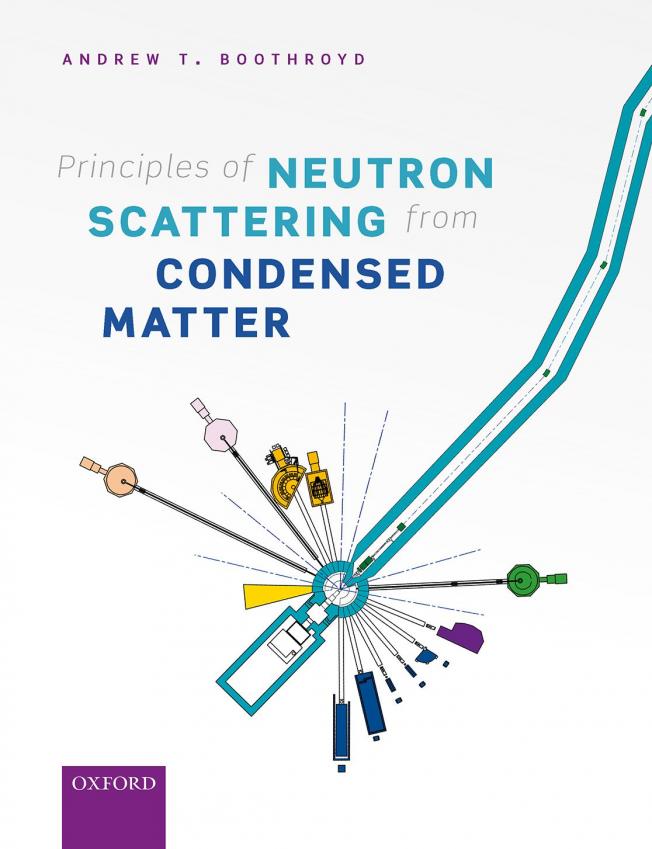Growth of large La1-xSrxMnO3 single crystals under argon pressure by the floating-zone technique
J CRYST GROWTH 237 (2002) 806-809
Abstract:
We report the growth of single crystals of La1-xSrxMnO3 (x = 0.0-0.3) by the floating-zone technique in an image furnace under high argon pressure (6-8 atm). Ail excess of Mn in the polycrystalline starting material was used to compensate for the evaporation during growth. single crystals of diameter 8 mm and length 70 mm have been obtained. The phase purity, composition and quality of the crystals were analysed by X-ray diffraction and electron probe microanalysis. We discuss the effect on the crystal growth of varying the amount of Mn excess and of the composition of the growth atmosphere. We also present magnetization and resistivity data for a few of the samples. (C) 2002 Elsevier Science B.V. All rights reserved.Growth of large La2-xSrxNiO4+delta single crystals by the floating-zone technique
J CRYST GROWTH 237 (2002) 815-819
Abstract:
We report on an investigation into the growth of large, high-quality single crystals of La2-xSrxNiO4+ (x = 0-0.5) by the floating zone technique. The results of attempts to grow crystals in different atmospheres are discussed. The oxygen non-stoichiometry (delta) of the as-grown crystals is found to decrease with the Sr substitution level. Magnetic and electrical transport measurements on the crystals are reported. (C) 2002 Elsevier Science B.V. All rights reserved.X-Ray Scattering Studies of Charge Stripes in La2-xSrxNiO4 (x=0.20-0.33)
International Journal of Modern Physics B World Scientific Publishing Company 16 (2002) 1633-1640
Abstract:
The La2-xSrxNiO4 system is isostructural with the high TC superconducting cuprate La2-xSrxCuO4 and is a prototypical system for the understanding of strongly correlated electron-phonon coupling, and the resultant effects on material properties. X-ray scattering studies have been performed on La5/3Sr1/3NiO4 that demonstrate the two-dimensional nature of these charge stripes. Such studies, demonstrate the very high correlation length of the stripes (~ 2000 Å) at low temperatures. We have undertaken a series of experiments measuring the wavevector and charge stripe correlation length on a variety of crystals with the compositions La2-xSrxNiO4 (x=0.20, 0.25, 0.275, 0.30 and 0.33) using ~10 keV X-rays. The results demonstrate that for x=0.275, and above, the charge stripes are highly correlated in a well-ordered crystalline lattice. Measurements of the incommensurability, ε, as a function of temperature for the series revealed that it is commensurate and temperature independent for the x=0.33 sample. For other compositions it is incommensurate and also temperature dependent. However for the x=0.20 and 0.25 crystals a much reduced correlation length was observed suggestive of a charge stripe glass. However, such experiments are sensitive to such charge ordering only in the near (top few micron) surface region. High energy X-rays however can probe the charge stripe ordering within the bulk of the single crystal by utilising the dramatic increase in penetration depth. We have used 130 keV X-rays and demonstrate that in La5/3Sr1/3NiO4 the charge stripes are far less correlated in the bulk than in the near surface region. This reduced correlation length (~300 Å), consistent with neutron scattering measurements, is indicative of a charge stripe glass, reminiscent of that observed below x=0.25, in the near surface region.X-ray scattering studies of charge stripes in La2−xSrxNiO4 (x=0.20−0.33)
Physica B 318 (2002) 289-294
Abstract:
The La2−xSrxNiO4 system is isostructural with the high TC superconducting cuprate La2−xSrxCuO4 and is a prototypical system for the understanding of strongly correlated electron–phonon coupling, and the resultant effects on material properties. At low temperatures La2−xSrxNiO4 undergoes a transition into a charge ordered regime whereby the dopant holes migrate to form hole rich regions, or stripes, behaving as anti-phase domain boundaries surrounded by hole deficient antiferromagnetic regions. X-ray scattering studies have been performed on La5/3Sr1/3NiO4 that demonstrate the two-dimensional nature of these charge stripes. Critical exponents governing the temperature variation of the intensity below TC, and the inverse correlation length above TC, have been measured that demonstrate this reduced dimensionality. We have undertaken a series of experiments measuring the wave vector and charge stripe correlation length on a variety of crystals with the compositions La2−xSrxNiO4 (x=0.20, 0.25, 0.275, 0.30 and 0.33) using not, vert, similar10 keV X-rays. The results demonstrate that for x=0.275, and above, the charge stripes are highly correlated in a well-ordered crystalline lattice. However, for the x=0.20 and 0.25 crystals, a much reduced correlation length was observed suggesting a charge stripe glass. Such studies, performed with traditional X-ray energies (not, vert, similar10 keV), demonstrate the very high-correlation length of the stripes (not, vert, similar2000 Å) at low temperatures. However, such experiments are sensitive to such charge ordering only in the near (top few μm) surface region. High energy X-rays, however, can probe the charge stripe ordering within the bulk of the single crystal by utilising the dramatic increase in penetration depth. We have used 130 keV X-rays and demonstrate that in La5/3Sr1/3NiO4 the charge stripes are far less correlated in the bulk than in the near surface region. This reduced correlation length (not, vert, similar300 Å), consistent with neutron scattering measurements, is indicative of a charge stripe glass, reminiscent of that observed below x=0.25 in the near surface region.Comment on "magnetoelastic model for the relaxation of lanthanide ions in YBa2Cu3O7-δ observed by neutron scattering"
Physical Review B Condensed Matter and Materials Physics 64:6 (2001) 665011-665014


